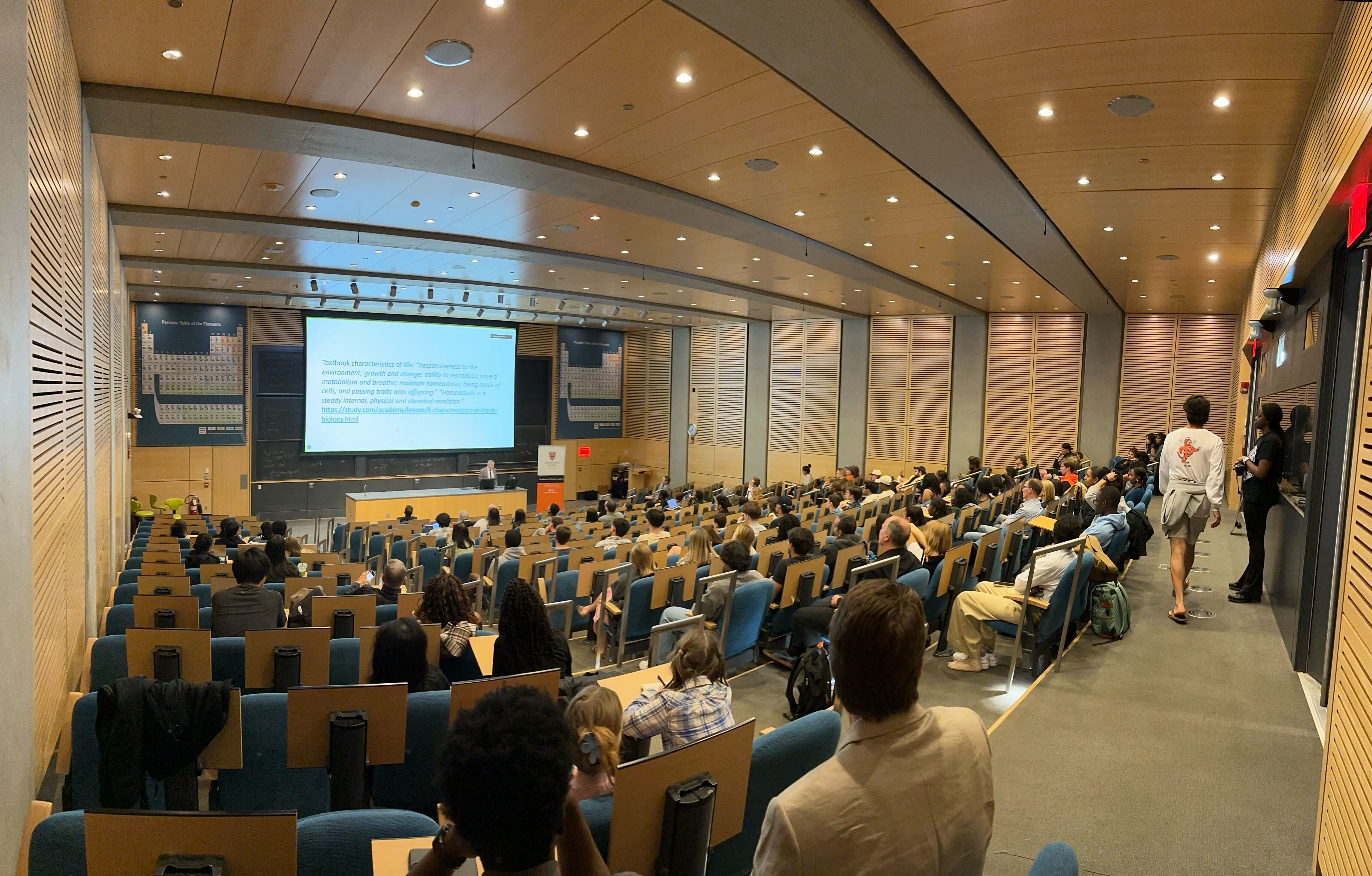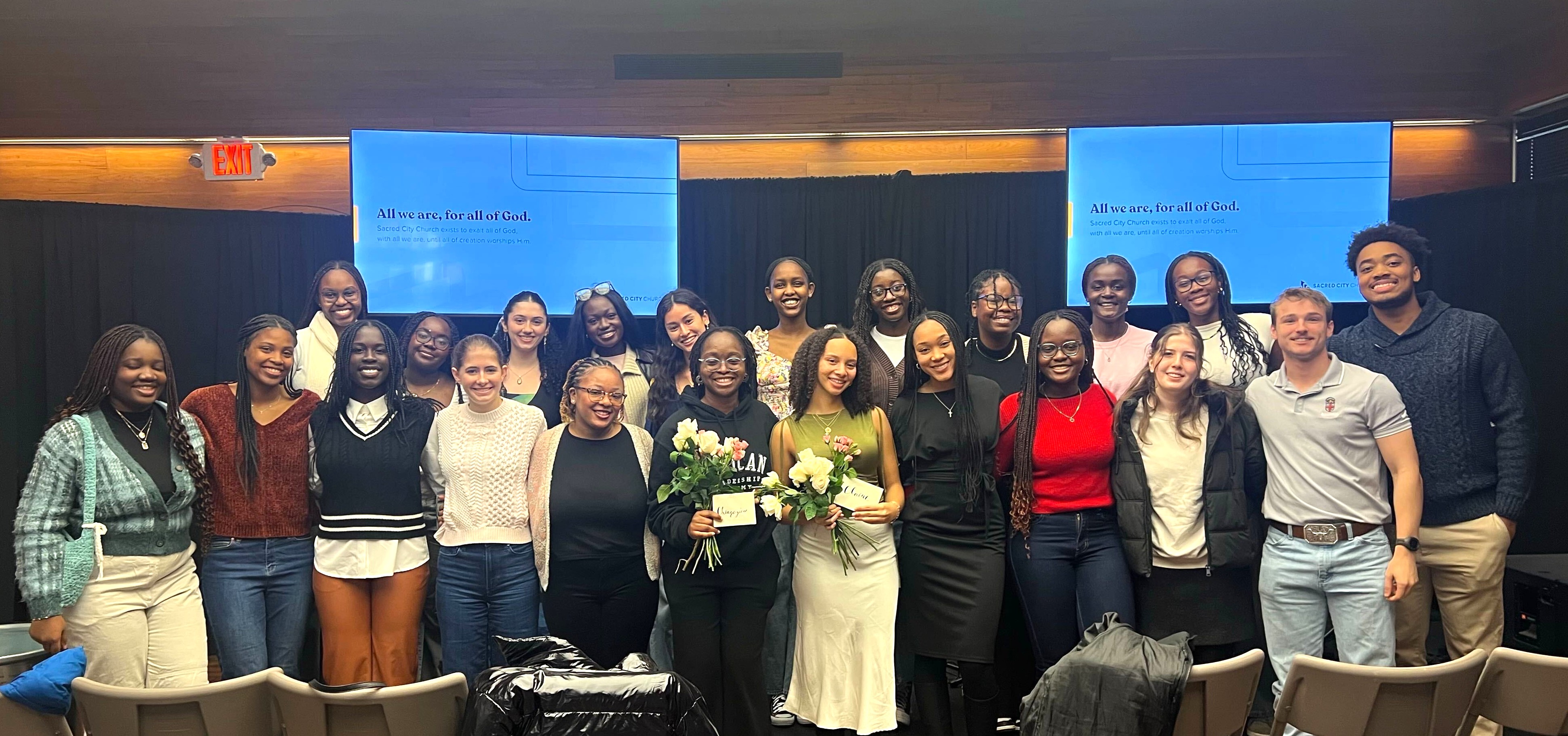Report Details ‘Pivotal Moment’ for Gen Z and Millennials
by tom campisi, managing editor
With its report, The Great Opportunity: The American Church in 2050, the Pinetops Foundation examines the fruitfulness, or lack thereof, when it comes to the engagement of today’s teens and young adults.
According to its 2018 report, approximately one million young people are leaving the church each year—but a “great opportunity” exists if we can reverse the current trends assigned to Generation Z and younger Millennials.
 Pinetops, a private foundation based in Seattle, Washington, and led by CEO Josh Crossman and his family, “looks to find innovative solutions to long-term, structural problems.” The foundation’s philanthropy is informed by biblical principles, with the motivation for The Great Opportunity coming from a desire to be good stewards in supporting various ministries and organizations. The report relied most heavily on four major research efforts by Pew Research Center, the Baylor Religion Survey, Public Religion Research Institute, and Gallup.
Pinetops, a private foundation based in Seattle, Washington, and led by CEO Josh Crossman and his family, “looks to find innovative solutions to long-term, structural problems.” The foundation’s philanthropy is informed by biblical principles, with the motivation for The Great Opportunity coming from a desire to be good stewards in supporting various ministries and organizations. The report relied most heavily on four major research efforts by Pew Research Center, the Baylor Religion Survey, Public Religion Research Institute, and Gallup.
“We are at a pivotal moment in the life of the American church,” the report states in its introduction. “What we found was the largest missions opportunity ever in American history, and if we move quickly, we can help introduce tens of millions of young people to Jesus over the next 30 years.”
The Great Opportunity comprises five main chapters, “Starting New Churches,” “Mission for Youth,” “Reaching New Audiences in a Digital Age,” “Care for the Poor,” and “Building Long-Term Witness.” The discipleship of the next generation is the central theme to changing tomorrow’s churches and culture in general.
The report contains data from Pew’s 2014 Religious Landscape Study, which probed motivations for church disaffiliation among young people. One of the most striking findings was that “a majority did not go through a crisis of faith or abandon the teachings of the church. Rather, they seemingly lost interest and drifted away.” According to The Great Opportunity, 42 million young people will disaffiliate from the church over the next thirty years.
One of the key recommendations focuses on how the church must transform discipleship through innovations in youth ministry models that engage the whole church, equip families to walk together with Christ, and call youth to embrace the new missions opportunities provided by a changing religious landscape.
“The models that served us for the last 50 years are empirically becoming less effective in our current climate,” the reportstates. Central to that change, Crossman said, is an emphasis on intergenerational relationships in the church.
“Over the last 50 years, we have a history of taking young people and isolating them or placing them into age and stage groups,” he said. “We put the high school students in their own service on Sunday. And the same things could certainly be true of college-age students. They are not integrated into the life of the church, and, in particular, don’t have intergenerational relationships with multiple adults who are encouraging them, apprenticing them, and challenging them.”
A Great Awakening?
The Great Opportunity emphatically states that if the Church can return to the retention rates of Generation X (only twenty years ago), we will see an additional 16 million young people come to Christ. This number would represent more people “than those who were saved during both Great Awakenings, the African American church growth after the Civil War, the Azusa revivals, and every Billy Graham conversion —combined.”
However, if we want to see an awakening in America, “we’ve got to make sure that we evangelize, disciple, encourage, and help train up leaders in the next generation,” Crossman said. “Revival starts with young people and radiates out into other age groups and other generations. Every revival in American history started with young people.”
To drive home that point, the report includes a story entitled “The Tinder of the Great Awakening: Jonathan Edwards and Youth.” It details how Edwards, in the midst of personal struggles and among a lackluster congregation, decided to focus on reaching youth with his preaching, and not wealthy parishioners. The Second Great Awakening would not be far behind.
“For nearly six years, he kept at this theme,” the report states. “His sermons reflected a great concern for the young people of Northampton, despite being only a few years older than many of them.”
“In 1734, revival was in full swing. Hundreds of young people dedicated their lives to Christ, and what had begun as a movement of God among young people became universal, and everyone, young and old, seemed to talk only of religion.”
Twenty-first Century Engagement
“We need more investment by churches and by funders into digital evangelism,” said Crossman. “In moments of anxiety and fear, people are looking at the church for answers. We need to be a constant and prominent presence online to help speak to the world in moments like this. There are tremendous possibilities here for the good news of Christ to reach people who have never heard it, or who have stereotyped Christianity into impotence and dismissed it.”
Generous care for the least of these is also a priority in The Great Opportunity: “The American church should be famous for its radical care for the poor, and in so doing, point people to God’s sacrificial love.” The report calls for better approaches to resource mobilization and investments in social entrepreneurship, cross-church collaboration, and more effective tools, which could, in turn, impact Millennials and Gen Z, who have a higher interest in social entrepreneurship and justice.
Impacting the Academy
In its “Building Long Term Witness” section, the report says the Church must invest in “the life of the mind” and in the development of future leaders in various sectors, citing a low percentage of Christian professors and a departure from historic intellectual engagement and early American evangelical witness, which produced many great scholars.
“American Christianity, particularly the Evangelical branch, has not prioritized the life of the mind,” The Great Opportunity states.
If society is going to be impacted with the Gospel in the long term, the Church needs to encourage more Christian scholars to enter the academy as a calling equal to ministry or professional vocations.
“We believe that identifying high potential Christian undergraduates early and investing in their vocational and spiritual development could have a significant, long-term effect.”
The Great Opportunity recommends building a pipeline of Christian thought leaders and scholars; creating integrated models of engagement at universities with faculty, students, and alumni; and intentionally developing the next generation of Christian leaders who regularly research and convene on major questions facing the church and society.
A Humble Attempt
In its epilogue, the authors of The Great Opportunity admit to writing the report with great humility—“we certainly do not believe that we, or anyone apart from God, can have all of the answers”—yet, they call the Church to action to impact millions and millions of young people.
The authors also stress the need for “prayer, prayer, and more prayer,” and the importance of coalitions and the voices of Christian leaders, in conjunction with resources and funding.
“This report is a starting point for a conversation that we hope will continue for years to come, in ways and places that only He can foresee. Our particular moment in history is pivotal…We cannot wait. We need the American church to make the most of this Great Opportunity.”
The Pinetops Foundation Report,
The Great Opportunity: The American Church in 2050, may be downloaded at www.greatopportunity.org.












